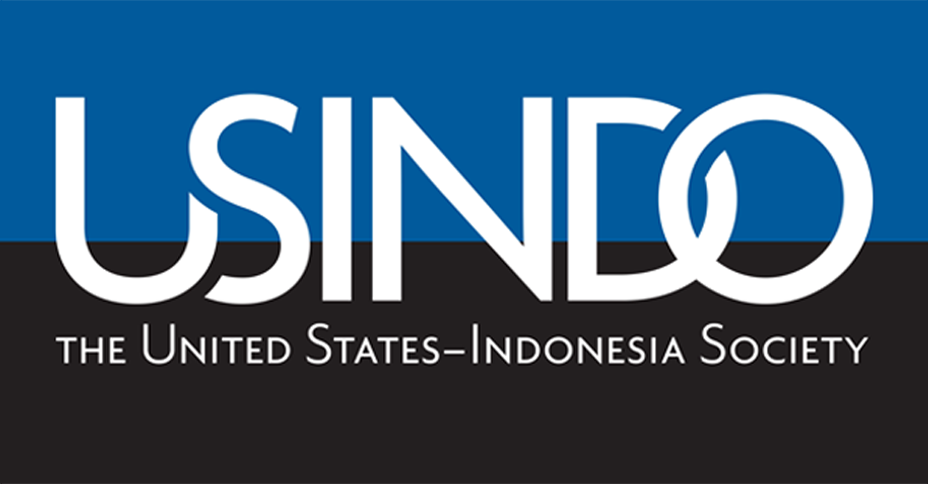Alternative Futures For ASEAN
Dr. David Denoon, Professor of Politics & Economics, New York University
As background for his discussion of four alternative futures for ASEAN, Dr. David Denoon reviewed the economic events and factors that have influenced developments in Southeast Asia since the crash of 1997. Because China had foreign exchange controls and had devalued the Yuan in 1994, China escaped relatively unscathed from the crash and the following recession of 2001-2002. Moreover, China was able to accelerate its growth rates above those of its Asian neighbors. This impressive growth became a magnet for foreign investment, and the investment flows that previously were directed to ASEAN countries were then shunted to China.
Over the same period India also benefitted from avoiding the 1997 crash and became a formidable competitor for investment and experienced impressive economic growth. Both China and India are on track to reach great power status in the not too distant future. The defense budgets of both countries have undergone vast expansions as manifested by India’s two aircraft carriers and China’s rapid defense modernization. The economic influence of Delhi and Beijing in Southeast Asia is reflected in ASEAN’s exports which now favor the developing countries, most notably India and China. In China’s case, it has run a trade deficit with the ASEAN countries since at least 2002.
Several factors influence the future development of ASEAN. The Association focuses on conflict avoidance not conflict resolution; hence it is ineffective in handling problems such as the continuing repression in Burma. Because the individual states are not willing to compromise their sovereignty, ASEAN lacks the super-national focus of the EU and is mainly concerned with inter-state relations. Within this context, Dr Denoon sees four future alternatives for ASEAN:
1. An avoidance of big choices and a continuation of its current ambiguity;
2. A refocus on its autonomy and the creation of a distinct ASEAN identity;
3. The development of two sub-regions: peninsular and maritime;
4. Evolution into a part of the Chinese sphere of influence.
Denoon did not rank how likely these different options were, but discussed reasons why each was potentially plausible.
Indonesia, as well as other ASEAN countries, prefer that the U.S. and the E.U. stay involved and play a balancing role in the region to offset Chinese influence. In the fourth outcome, if, for whatever reason, the Americans and Europeans decide to withdraw from the region, it would leave the way open for Chinese dominance.
Q. To what extent will the desire for a balancing role in the region be offset by anger in response to the U.S. financial crises?
A. There are no easy options for recovering from the current financial disarray. All Asian countries will experience lower growth rates, and there is widespread anger at the U.S. for its financial mismanagement. This will certainly limit U.S. stature throughout Asia, not just in ASEAN. Yet, the U.S. is essential for any balancing strategy, so states will cope with the circumstances.
Q. Has there been talk about monetary cooperation in this crisis as there after the 97-98 crash?
A. China earned the appreciation of Thailand in 97 by providing monetary support; whereas the U.S. refused to provide bilateral assistance. There have been some discussions about cooperation in the current situation, mainly on a bilateral basis. The current positive trade surpluses and the large foreign exchange reserves carried by most of the countries in Southeast Asia have, so far, limited the need for multilateral monetary cooperation (of the type possible under the Chiang Mai Initiative).
Q. The Vietnamese will resist any efforts by the Chinese to compromise their sovereignty.
A. Sovereignty remains an issue for all of ASEAN. Currently, Vietnam is making important internal changes aimed at eliminating corruption, developing a meritocracy, and promoting political reforms. The “peninsular option” is being pushed by the Thais. Vietnam will resist concessions to China unless it is forced to compromise.
Q. How do you account for the high growth rates in India and China when both countries have high levels of corruption in their economies?
A. Corruption per se is not a handicap to high growth. The Dutch colonial system was corrupt as was the Suharto government, but Indonesia experienced high growth rates, at times, under both regimes. Corruption becomes a hindrance when it distorts efficient investment and when investors have an easy way to move their funds elsewhere.
Q. What is Indonesia’s role in ASEAN?
A. Suharto promoted ASEAN because he understood the regional tension that developed under Sukarno when antagonisms escalated on a bilateral basis within Southeast Asia. It remains to be seen if SBY will develop a foreign policy more independent of ASEAN or continue the pattern of the past 41 years by seeking consensus within the Association.
